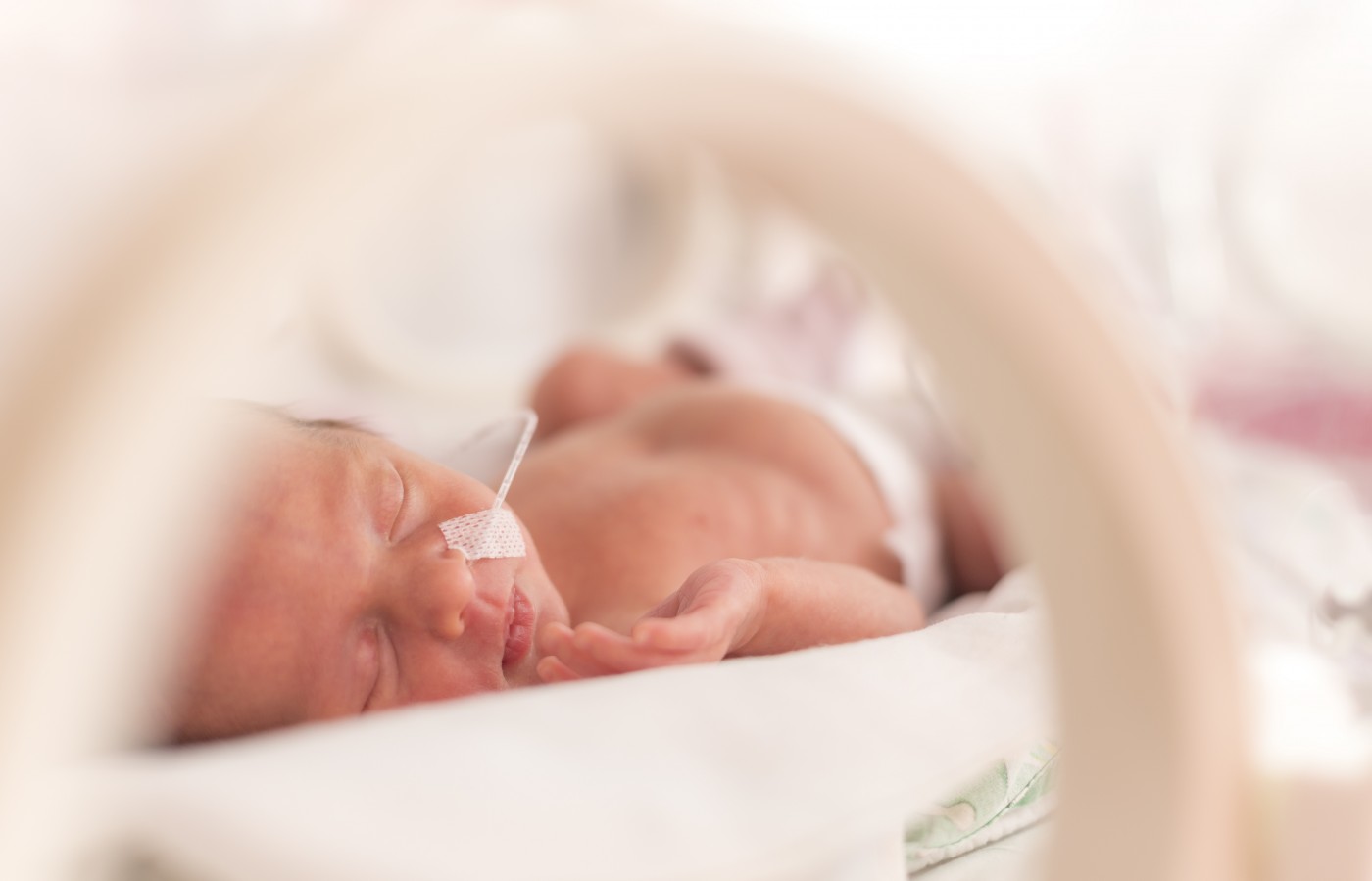CP Risk Higher in Moderately Preterm Infants with Low Gestational Age Birth Weight

Moderately premature babies who have a low birth weight for their gestational age, relatively speaking, age often diagnosed with cerebral palsy (CP). But researchers do not understand the causes linking these two factors, and more research is needed to improve care and understand the prognosis of unusually small preterm infants.
The study, “SGA as a Risk Factor for Cerebral Palsy in Moderate to Late Preterm Infants: a System Review and Meta-analysis,” analyzed data from seven previously published studies to get a clearer picture of the risk associated with low birth weight. Such a study — referred to as a meta-analysis — is considered to constitute the highest form of scientific evidence. The work was published in the journal Scientific Reports.
Several earlier studies have shown that infants with an unusually low birth weight, born at term, are at risk of CP, but so far, the evidence for slightly preterm babies have not been clear.
Considering earlier research on infants born slightly preterm — during weeks 32–36 of pregnancy — researchers at the Third Xiangya Hospital of Central South University suggested that gestational age may impact the association between birth weight and CP.
Screening the scientific literature, the team found seven studies that held enough information to be included in the analysis. The studies ranged in sample size, and in total included more than 135,000 participants.
Researchers found that a small birth weight, adjusted for gestational age, increased the risk of CP by 2.34 times. Since low birth weight was defined differently in the various studies, the team looked specifically at studies that included children with a birth weight of less than two standard deviations below average. This group had a 3.48 times increased risk of CP.
Those born in weeks 34–36 of pregnancy were 3.47 times more likely to be diagnosed with CP, while children born with malformations had a 3.0 times increased risk.
While the study clearly showed that there is a link between low birth weight and CP in slightly preterm infants, the association is not explained. It could be caused by factors causing both abnormal growth and brain damage. Brain damage could also lead to growth restriction or vice versa. Finally, abnormal growth may make infants more sensitive to potentially harmful events at the time of birth.
The research team suggests that, to aid understanding, physicians should actively explore potential causes of low birth weight in infants. The team concluded: “Additional research is needed to investigate the underlying causes between SGA [small for gestational age] and CP, which will likely improve clinical care, enable a more informed prognosis for those children and future pregnancies of their mothers, and contribute to a better understanding of the important relationship between SGA and CP.”


